Test Methodology
I first install the cooler into a hemi-anechoic chamber, and with the help of a highly sophisticated sound analyzer, I take all necessary noise measurements required for the testing. Afterward, I install the system inside a giant climate chamber, where the ambient temperature remains steady at 25 degrees Celsius; this way, I don’t have to take the delta difference into account since I can evaluate all coolers under the same ambient temperature. I used to believe that taking the delta difference between the measured temperature of the CPU and the ambient temperature provided accurate results. Still, after testing with the climate chamber, I soon realized this was not the case.
- Manufacturer: Giant Force
- Model Number: GTH-800-20-CP-AR
- Temp Range: -20℃ ~ +100℃
- Humidity Range: 20% ~ 98% RH
- Temp/humidity Constancy: ±0.2℃; ±2.5%RH
- Temp/humidity Uniformity at center: ±0.5℃; ±4%RH
- Indication Resolution:
- Internal Dimensions (WHD): 100 x 100 x 80 cm
- External Dimensions (WHD): 145 x 190 x 135 cm
- Net Weight (approx): 450 kgs
- Heat-up Time (No load, no linear): (from 20°C to +100°C) 30min
- Pull-down Time (No load, no linear): (from 20°C to -20°C) 50min
- Cooling System: Airtight compressor + evaporator fins + air-cooling condenser
- Power Source: 3Φ AC 380V ±5%, 50Hz±1% 10KW
- Based on Standards: ISO 5801-2007, AMCA 210-0, ASHRAE 51-2007, IEC 61591-2005, GB/T 1236-200
Besides the Giant Force climate chamber, I also use the following equipment.
- Noise Test Environment: Hemi-Anechoic Chamber with 6 dB(A) noise floor
- Conditions: 25 (+-2) degrees Celsius, 40-50% humidity
- Sound Analyzer: Bruel & Kjaer 2270-S G4
- Microphone: Bruel & Kjaer Type 4955-A
- Mic Calibrator: Bruel & Kjaer Type 4231
- Data Logger: Picoscope TC-08
To evaluate the coolers, I use an Intel Core Ultra 9 285K. This beast can exceed 300W of sustained load, which I measure accurately using a Powenetics v2 system. Below are all the parts of the CPU cooling station test system. The thermal paste I use is Arctic Cooling MX-4. I run at least two test sessions and take the average results. In all tests, the applied conditions are the following:
- Ambient Temperature: 25°C ±0.5°C
- Humidity: 30% ±4%RH
Intel LGA 1851 Test System Specs |
||||
| Mainboard | ASRock Z890 Taichi [BIOS: 2.09.AS01 – Nov 4, 2024] |
|||
| CPU | Intel Core Ultra 9 285K | |||
| GPU | Asus Rog Strix Gaming OC RTX 4090 | |||
| NVMe | XPG GAMMIX S50 Lite 1TB | |||
| RAM | Gskill Ripjaws S5 DDR5 ( 2 x 16GB) 6000MHz | |||
| Power Supply | Seasonic Vertex 1200W (Cybenetics Platinum) |
|||
| CPU Cooler | What is under test! | |||
| Case | DimasTech Bench | |||
The load application is no other but the notorious Prime95 (small FFTs), which applies a tremendous load to the processor. I run each test for 20 minutes, allowing for a 10-minute cool period between each test. The whole procedure is fully automated thanks to a particular application that I made for this purpose. In AIOs, the pump runs at full speed during the entire testing duration.
The critical point in my methodology for coolers is that I consider the CPU’s average frequency during testing because it doesn’t remain steady throughout the tests. It constantly changes according to the load and the operating temperatures. Moreover, I have the Powenetics system to continually measure the CPU’s power consumption, which is way more accurate and faster than using a software solution like HWinfo.
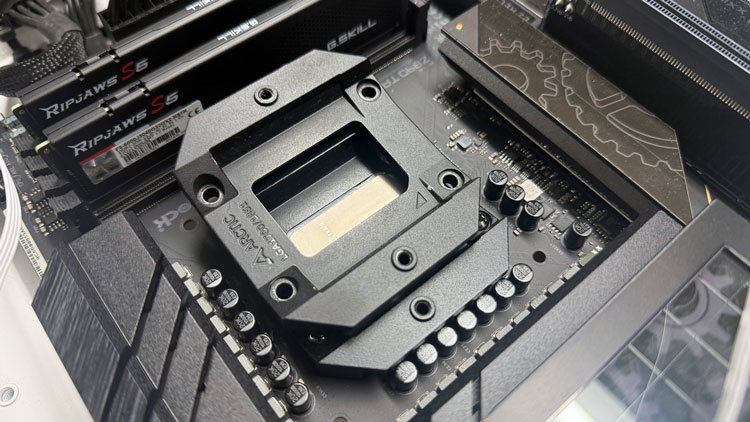
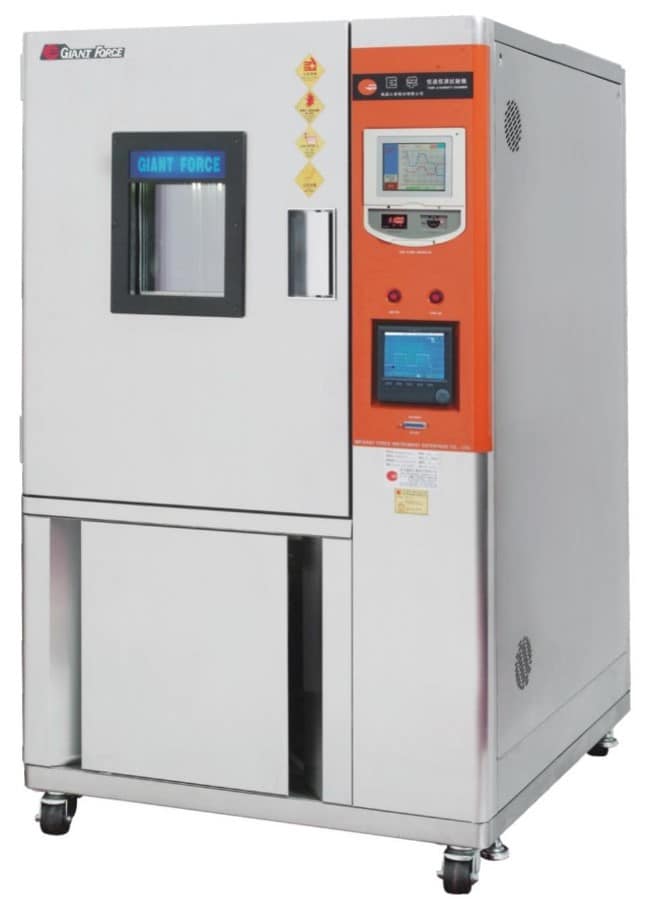
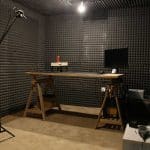
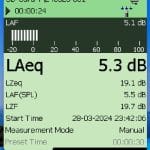
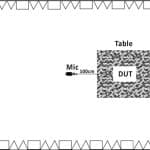
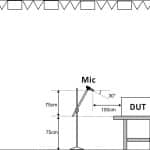
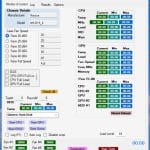
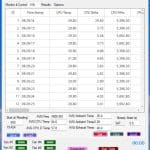
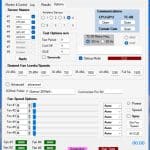
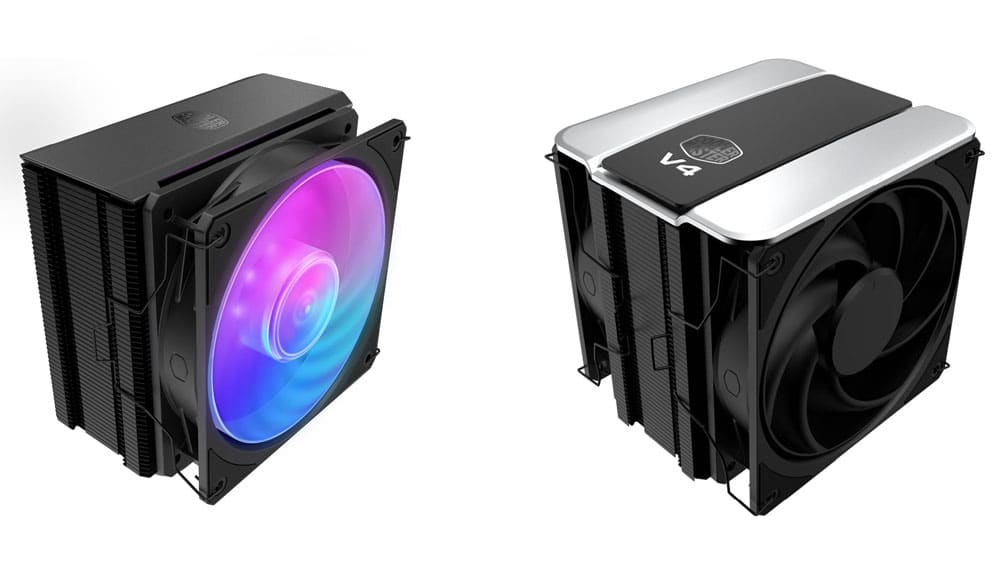
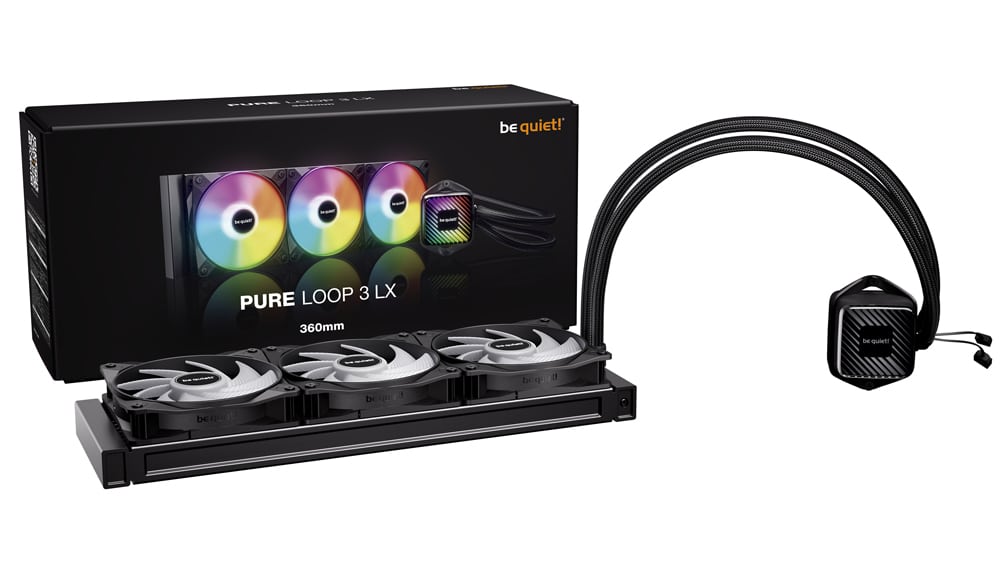
I know this is many months after the publication date, but would appreciate any insight if this offset frame would also benefit the performance of their air coolers for Intel Ultra Arrow Lake CPUs? Thanks!
I know this is not “officially” listed as compatible with Liquid Freezer II series – but would this actually work with the older Liquid Freezer II series?
Yes we would like to know when. Arctic did not reply to my email regarding this.
They told me Q1 2025
Seems they are keeping it mum.
Wow, 5°C and over 100MHz, that’s quite an improvement…hats off 😉
yeap this was one of the best mods I seen in the recent years 🙂
the father of the idea of offset mounting is Noctua, but their processes take a long time, so I’m curious if and when they will come up with it for LGA 1851…
I guess that other Asian competitors will overtake them now
and they are super expensive too! Arctic will offer this new contract frame for just 5 dollars!
did they say when it will be available to purchase?